How to Use a CPR Pocket Mask as a Lifeguard
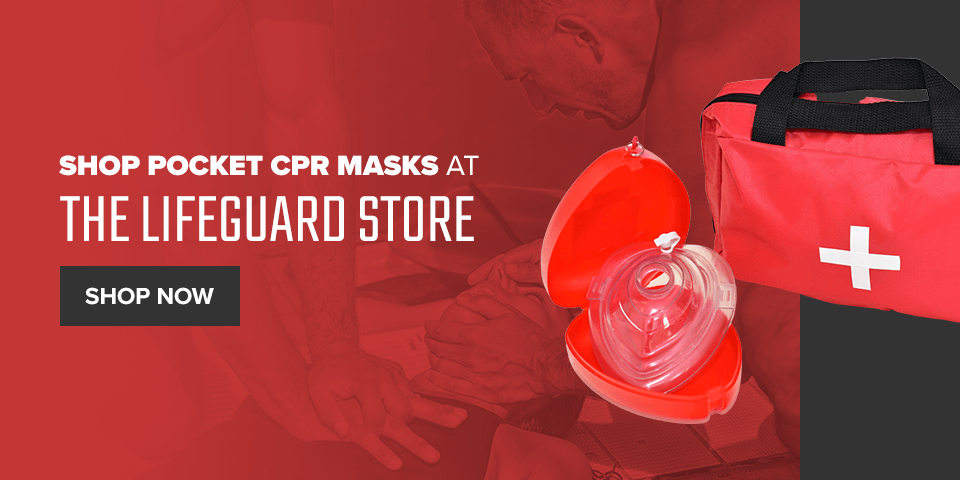
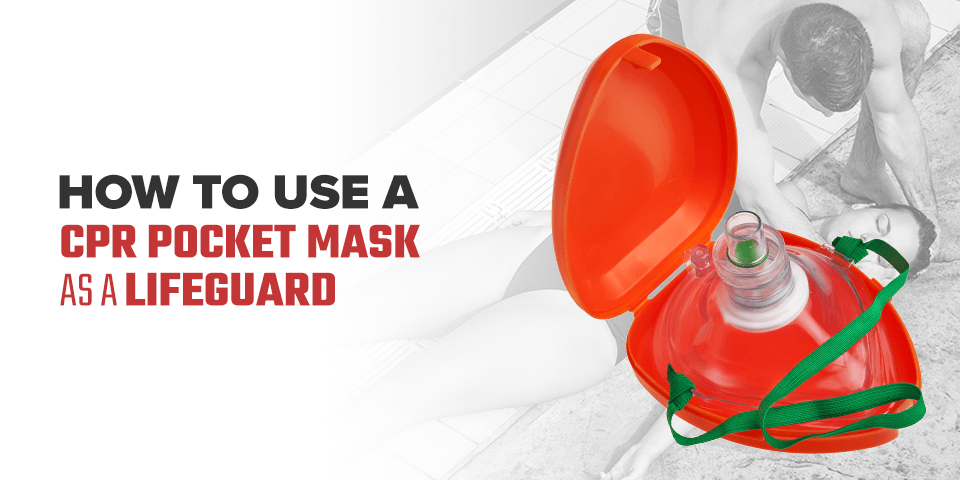
Drowning-related dangers extend beyond the victim — lifeguards are tasked with intervening with lifesaving measures and equipment, including mouth-to-mouth resuscitation and CPR. These lifesaving measures put lifeguards in direct contact with the swimmer's bodily fluids, creating an unhygienic and potentially dangerous situation.
Lifeguard CPR pocket masks are the most effective method of delivering CPR without the need for direct mouth-to-mouth contact. Read on to learn more about these essential pieces of equipment and how to use a CPR pocket mask to keep you and your swimmers safe.
What Is a CPR Pocket Mask?
Without a CPR rescue mask, mouth-to-mouth CPR exposes lifeguards to the drowning victim's bodily fluids. Contact with another person's bodily fluid can expose you to bacteria, viruses and even some contagious diseases. When you use pocket masks for resuscitation, you avoid this risk, keeping you safe and freeing your focus to aid the swimmer in need.
CPR pocket masks are considered both lifesaving tools and personal protective equipment. Their soft PVC construction and silicone valve piece conform to a swimmer's face when the lifeguard applies pressure. Once in position, the mask forms a tight seal around the swimmer's mouth and nose and eliminates the need to pinch the victim's nose closed.
Pocket masks are small and portable, ideal for stashing in your lifeguard kit or anywhere easily accessible in an emergency. They are also easy to clean and have different removable parts, like filters and valves, to replace after each emergency use.
Types of CPR Pocket Masks
Not all pocket rescue masks are alike. Though they look similar, some have different intended applications or specifications. A few types you might encounter as a lifeguard are:
- Age-dependent masks: CPR pocket masks have their intended age printed on the packaging and listed in the user manual. Most adult rescue masks are also compatible with children, as long as they are older than infant age. Infant masks are smaller and suitable for babies according to either age or weight and may come with an Infant Disposable Resuscitator. Some rescue masks work for children, adults and infants — always read instructions for specific sizing and sealing instructions.
- Practice masks: Practice masks are designed specifically for CPR training with dummies. You do not need to change filters and valves after practicing with these unless otherwise directed.
- Oxygen compatibility: Some CPR pocket masks are compatible with supplemental oxygen and include a head strap so you can administer both at once.
- Mask kits: If you purchase your CPR pocket mask in a kit, it will also come with accessories. Your kit may include disposable gloves, an instruction manual, an oxygen valve, disinfecting wipes and a hard or soft case for safe storage. Replenish these items as needed.
How to Use a CPR Pocket Mask While Lifeguarding
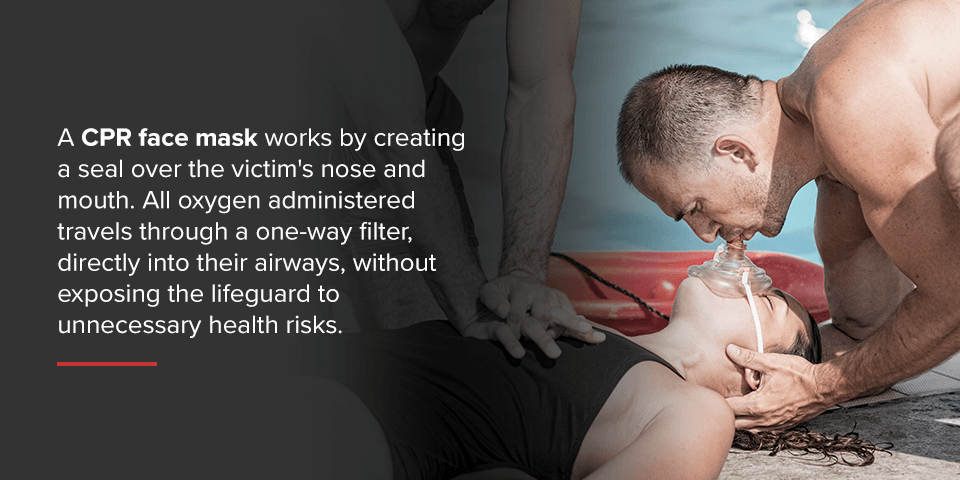
A CPR face mask works by creating a seal over the victim's nose and mouth. All oxygen administered travels through a one-way filter, directly into their airways, without exposing the lifeguard to unnecessary health risks. Your lifeguard training program and place of employment may have specific protocols in place for pocket mask usage — always follow all safety guidelines.
Though every emergency is different, these are the basic steps for operating a CPR pocket mask.
Prepare the Mask and Patient
Start by following your facility's emergency protocol guidelines, including calling 911 if necessary. Then, follow these steps to administer air to the victim:
- Apply chest compressions according to your lifeguard training and the situation's severity.
- Tilt the swimmer's head backward on their neck unless signs of neck injury or other damages are present.
- Inspect the CPR mask and ensure all parts are in-tact and attached. Push the dome out if it's collapsed.
- Position the mask dome until the exhalation points away from the swimmer's nose on the outward-facing side.
Secure the Mask
A gentle, secure seal is the most critical part of CPR mask usage. Because every second counts in an emergency, you should practice with a dummy until you are comfortable with the protocol.
Seal an adult and child mask with these steps:
- Place the wide chin end between the swimmer's lower lip and their chin.
- Place the lower nose-shaped end over the swimmer's nose.
- Use both hands, including thumbs, to apply the mask to the swimmer's face.
- Press gently — yet firmly — around the edges to keep the mask in place.
Infant masks come with their own, similar instructions. Some adult masks may come with supplemental steps for emergency use on infants.
Give Ventilation
Once the mask is sealed, it's time to open the respiratory valve and blow through it so the victim receives oxygen. Place the valve in your mouth, careful not to pucker your lips too much. Always blow gently and carefully, observing the victim each step of the way, and follow these steps:
- Start by checking the patient's pulse and breathing. Give two ventilations to begin.
- According to the Red Cross, you should then deliver one ventilation to adults every five seconds and every three seconds for a child or infant. Ventilations should last roughly one second each time.
- Always check that the victim's chest rises and stop blowing through the valve while you wait for the chest to fall.
- Repeat as needed and check for breathing status and pulse updates at least every two minutes for no longer than 10 seconds per check-up.
Should the victim's chest fail to rise after giving air, or you cannot detect a pulse, you may need to combat choking or provide additional care. A few complications can occur while administering ventilation. Air can leak from the mask if not sealed properly. Remove and reapply the mask, and adjust your grip as needed.
Some drowning victims may vomit, spit up or suffer from foam in their airways that you should wipe away from the mouth and nose before administering ventilation. Wear disposable gloves and use disinfecting wipes as needed.
Discard and Disinfect the Mask
Once the victim is stable or emergency personnel has taken control of the situation, discard any replaceable filters and valves. Wash the mask with warm water and soap and disinfect according to instructions. Replace the filter and valve before collapsing the mask and putting it back in your pack.
Shop Pocket CPR Masks at The Lifeguard Store
A quality CPR mask can make all the difference in emergency situations. Get the gear you need to protect yourself and your swimmers at The Lifeguard Store, including masks, first aid supplies, flotation devices, rescue tubes and more.
Learn More About Lifeguard Equipment:
Share this post
Topics
- Swimming Tips
- 130513
- Fitness
- Prevention
- Technique
- Training
- Workout
- Contest
- POTW
- New
- Kirazies
- Swim Team
- Pool Equipment
- Digital Pace Clock
- Fins
- Swim Goggles
- Krazies
- Practice
- Breath control
- Pull
- Fuel
- Nutrition
- Tips
- Energy drinks
- Competition
- Events
- IMX
- Parent eductation
- Lunch
- Parent education
- Snacks
- Portable fuel
- Triathlon
- Breathing
- Goals
- Planning
- Preparedness
- Aerobic
- Anaerobic
- Hypoxic
- Cycle
- Age grouper
- Swim for life
- Age group
- Kids
- 11-12
- Meets
- Skills
- Swim Fins
- Spandex
- Polyester
- Speedo
- TYR
- Kiefer
- Dolfin
- Durafast
- Aqualast
- XLA
- PBT
- Endurance
- Recreation
- Swimming
- Suit
- Swimsuit
- Swim Caps
- Swim Safety
- Open Water Swimming
- Sim Safety
- Safer Swimmer
- Backstroke Flags
- Pool Flags
- Anti-fog Goggles
- Backstroke
- Swimming pool
- Turns
- Finishes
- Meters
- Yards
- Lycra Swimsuit
- Polyester Swimsuit
- Swimsuit Fabric
- Swimsuit Material
- Competitive Swimwear
- Learn To Swim
- Floaties
- Life jacket
- Life vest
- Racing Lanes
- Early workout
- Alarm
- Sleep
- Lifeguard
- Water Safety
- Mobile Friendly
- Lane Ropes
- Training Gear
- Kickboard Review
- Kickboard
- Olympic Swimmer
- Bathing Caps
- Lycra Caps
- Silicone Caps
- Latex Caps
- Swim Practice
- Swim Workout
- Pools
- Save our pools
- Motivation
- Swim Gear Advice
- Swim Sweepstakes
- Holiday shopping
- Gifts
- Holiday
- Thanksgiving
- Turkey day
- Holiday training
- 2014
- New Year
- Fun training
- Swimming Cramps
- Google Catalog
- Kiefer Catalog
- Swimsuit Catalog
- Lifeguard Catalog
- Swim Backpack
- Swim Cap
- Tech Suits
- Swim
- Christmas
- Swim Meets
- Swimming Trivia
- Swimsuit Sizing
- Swimming Stretches
- Swimming Injuries
- Swimmer Gifts
- Hand Paddles
- Olympic Swimming Comebacks
- Rio 2016
- Swimsuit Backs
- 15M Marker
- Dolfin Uglies
- Carb Loading
- Rescue Tube
- Underwater MP3 Player
- Swimming Songs
- Lifeguard Whistle
- Butterfly
- Swimming technique
- Technical suit
- Tech suit
- Usaswimming
- Ban
- Club swimming
- Olympic trials
- Age group swimming
- Arena
- Olympics
- World championships
- Super suit
Tags



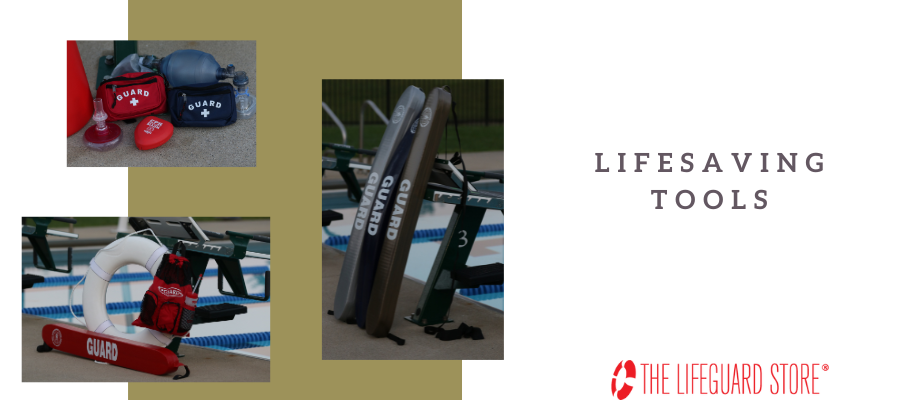
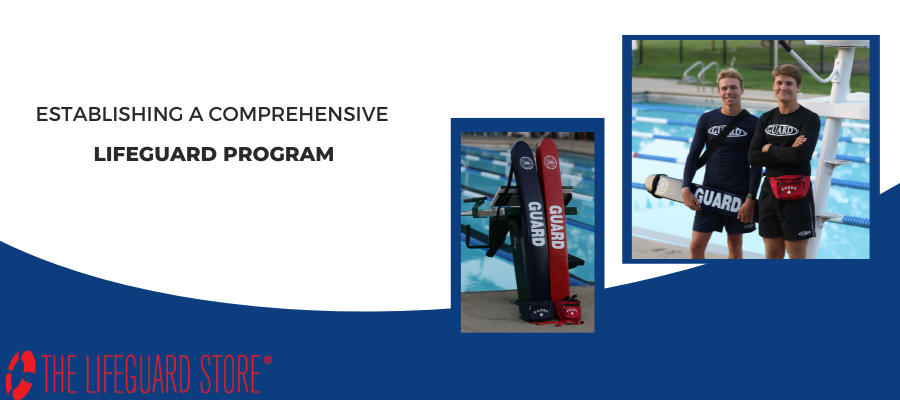
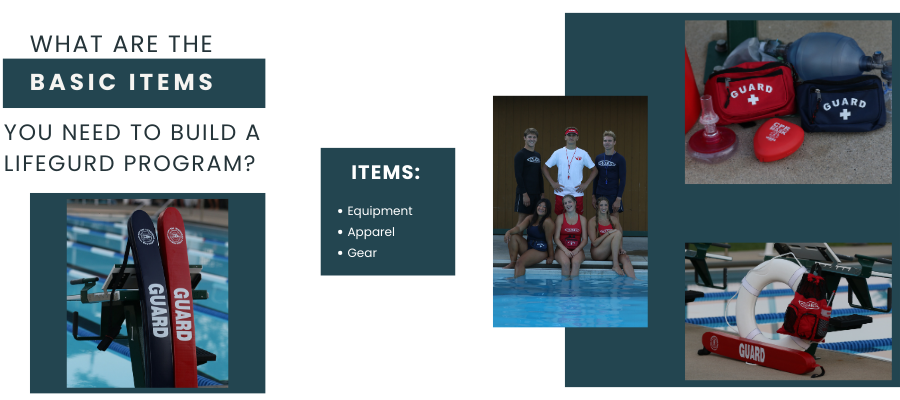
Leave a Comment
Your email address will not be published. Required fields are marked *